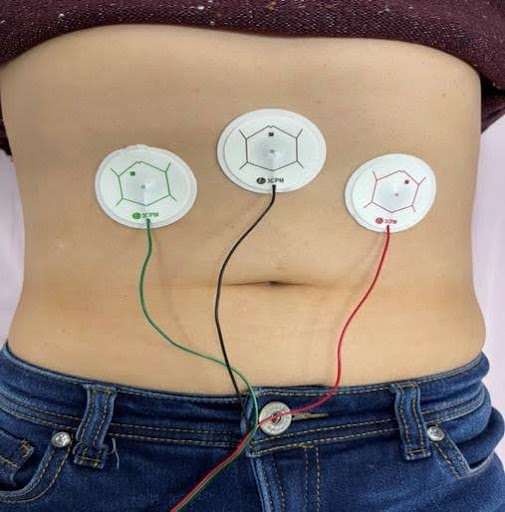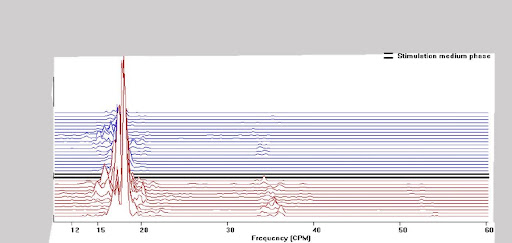‘EndoSure’ is a novel, non-invasive diagnostic test for endometriosis, developed in the United States by Dr Mark Noar, a gastroenterologist with additional training in gynaecology. His innovation represents a potentially transformative development in the diagnosis and management of endometriosis, a condition that continues to be underdiagnosed and frequently misunderstood.
Historical Perspectives on Endometriosis
Endometriosis was originally described some 200 years ago, yet its histological confirmation only emerged more recently in 1860. Historically, many women suffering from endometriosis were misdiagnosed with psychological disorders such as ‘hysteria’.
This misclassification contributed to the dismissal of their symptoms and, in some cases, led to shocking treatments including and accusations of witchcraft.
A landmark review paper in 2012 by Nezhat starkly illustrated these historical biases, showing how women’s suffering was often ‘pathologized’ through the lens of psychiatry rather than acknowledged as a legitimate physical condition.
Sadly, Sigmund Freud’s influential but flawed views on female health further entrenched these misconceptions. His neglect of physical pathology in favour of psychoanalytic interpretations had a long-lasting impact on the medical perception of women’s health complaints.
In contrast, ancient physicians like Galen, (who practised almost 2,000 years ago) were
alreadyconceptualising pathologies that aligned closely with what we now understand as endometriosis. Galen, often credited as the first pharmacologist, practised compounding and prepared medications for specific patient needs. Despite the limited scientific tools available at the time, his observations regarding female pelvic pain demonstrated a remarkable clinical insight.
In the modern era, Cuthbert Lockyer and Thomas Cullen were pivotal in shaping contemporary understanding of endometriosis. Lockyer, a pioneering British Gynaecologist, established the clinical profile of the disease and introduced new surgical techniques for its treatment. Cullen, a Canadian Gynaecologist, was the first doctor to describe how endometriosis could become invasive, and even invade pelvic nerves. Yet, despite their significant contributions, these early pioneers remain lesser known than contemporaries such as John Sampson, whose 1920s publications in high-profile journals brought the condition into mainstream academic attention.
The Endosure Test
Dr Mark Noar’s development of the EndoSure test represents a new chapter in the diagnosis of endometriosis. Noar pioneered a technique known as Electroviscerography (EVG), adapted for endometriosis as part of a diagnostic protocol now termed the ‘EndoSure test.
The test capitalises on the link between endometriosis and increased prostaglandin activity, particularly in the small bowel. Elevated prostaglandins are bioactive lipids involved in inflammation and pain, are absorbed into the enterohepatic circulation, contributing to symptoms such as bowel spasm.
Using external abdominal sensors and a chest monitor, the test takes approximately 40 minutes and involves no laboratory analysis. The device records electrophysiological activity of the small intestine. Women with endometriosis show significantly increased activity on these recordings compared to healthy controls, and these changes are independent of disease stage.
The test is non-invasive, cost-effective, and technically simple to administer. It does not require specialist training and can be performed by healthcare assistants. Results are returned the same day and analysed using AI algorithms, similar to ECG interpretation systems.
Diagnostic Performance and Accessibility
The EndoSure has a sensitivity of 98% and specificity of 95% for endometriosis. While these figures appear impressive, they need validation through independent studies. Nonetheless, the test has already been used in over 20,000 cases in the United States, and early UK data from around 100 tests are in line with published outcomes.
Importantly, the EndoSure test empowers patients by giving them direct access to a diagnostic tool for a condition that is frequently under-recognised. Many women seek testing after years of being dismissed or misdiagnosed. As a result, this test may serve as a critical tool in bridging the diagnostic delay often associated with endometriosis, which currently averages eight years in the UK.
Implementation and Future Directions
The test was launched in the UK in October, with services opening in Central London, Cardiff, and Manchester. The ‘standalone’ test is priced at approximately £400, with a combined package (including scan and bloods) costing around £800.
The broader implications of EndoSure lie in its capacity to facilitate early diagnosis, enable conservative treatment strategies, and monitor therapeutic outcomes. Its ease of use and accessibility could significantly reduce the burden on secondary care services, while enhancing quality of life for patients. It will allow patients who are potentially infertile to opt for IVF rather than undergo a laparoscopy.
Conclusion
The history of endometriosis is marked by misunderstanding, stigma, and neglect. From Galen’s empirical wisdom to Lockyer’s surgical innovation, and now to Noar’s diagnostic technology, there has been a slow but significant evolution in how this condition is approached.
The EndoSure test offers a timely and practical solution for clinicians and patients alike. It promotes a model of care rooted in empathy, scientific rigour, and patient empowerment, an approach that those early pioneers of gynaecology would likely have applauded.
Mr Nicholas Morris
Qualifications MBBS MEWI FRCOG
Contact details [email protected]
The test







